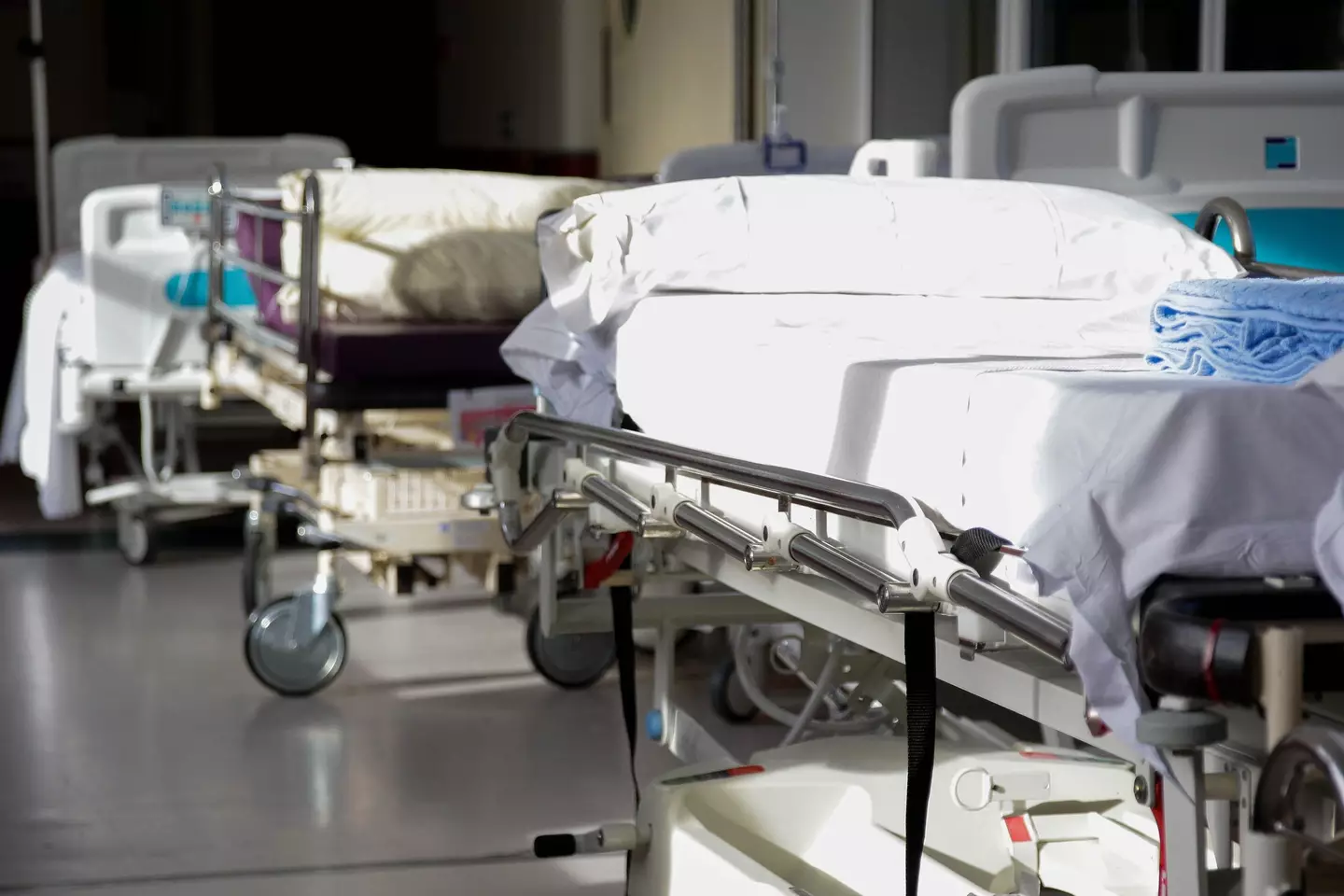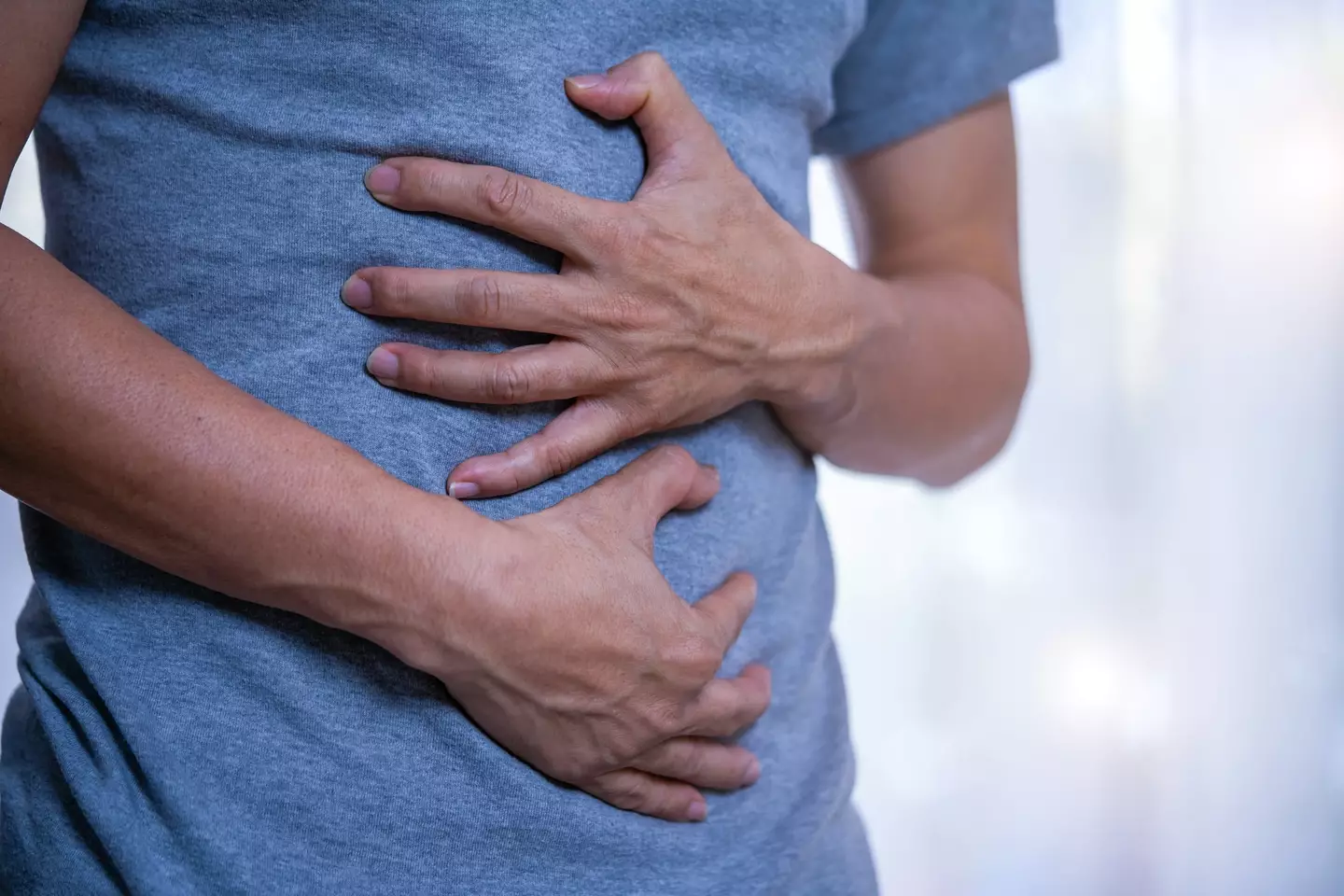“Chilling Breakfast Tragedy: What Really Went Wrong After This Family Shared Leftovers?”
Imagine gathering your loved ones around the breakfast table, the aroma of homemade Suantangzi wafting through the air, and laughter filling the room. Sounds idyllic, right? But what if I told you that for one family in China, that very breakfast led to a horrifying sequence of events that ended their lives? It’s a stark reminder that while batch-cooking can be a lifesaver on those hectic weekdays—providing the convenience we crave after a long day at work—it also carries grave risks if we aren’t careful with food safety. This unsettling tale brings to light the dangers lurking in our supposedly well-prepared meals, urging us to reconsider how we store and reheat our favorite dishes. Buckle up, because this is a chilling look at how one family’s morning routine turned deadly, and how a common toxin can lurk in the most unsuspecting places. LEARN MORE.
Here is the horrifying case of an a family who all suffered a horrific and painful death just hours after eating the same meal for breakfast.
Batch-cooking and freezing meals is a game-changer. You can enjoy the benefits of a home-cooked meal with the convenience of not having to make it from scratch after a long day at work.
However, this method can also lead to serious health issues should you not take the appropriate care when storing and reheating certain food items.

Eating reheated frozen food led to one family in China dying days later in hospital (Getty Stock Images)
For one family in China, the decision to start their morning by tucking into a homemade dish named Suantangzi, a type of thick noodle made with fermented corn flour, had deadly consequences.
On the morning of 5 October, 2020, the family of 12 gathered together and ate the meal to mark a national holiday.
The noodles had been defrosted and prepared after spending a year in the freezer, with only nine out of the 12 people there choosing to eat the dish. It’s understood the younger members of the family had decided against eating it, due to the taste.
In the following hours, all of the family members who had eaten the noodles began to feel extremely unwell, exhibiting symptoms of nausea, vomiting, and abdominal pain.
They were admitted to hospital for treatment, but would all succumb to the mysterious illness within the following days.
Following the deaths, local authorities began to investigate what had made three quarters of the family members in attendance fall ill and pass away, with the fermented soup seemingly the most probable cause.
During the process of being frozen and defrosted, the noodles had spoiled, causing a high concentration of deadly bongkrekic acid to develop. A high concentration of bongkrekic acid had been detected in both the noodles and the gastric fluid examined by doctors.
What is bongkrekic acid, and how does it develop?
Bongkrekic acid is a deadly respiratory toxin which forms in certain fermented foods.
Produced by the bacterium burkholderia gladioli, the toxin is odourless and tasteless – meaning the family would have had no idea of how dangerous the food was while consuming it.
Bongkrekic acid is also heat stable, which means that cooking will not kill it, and attacks the body by targeting the organs such as the liver, kidneys, and brain.

The family experienced nausea, vomiting, and abdominal pain after eating the dish (Getty Stock Images)
Symptoms develop within a couple of hours of consuming contaminated food, which can cause fatalities in as little as 24 hours.
“Eating food contaminated with bongkrekic acid can result in poisoning for both humans and animals and even lead to death, with death rates as high as 40 to 100 percent,” a report from China Daily explained at the time.










